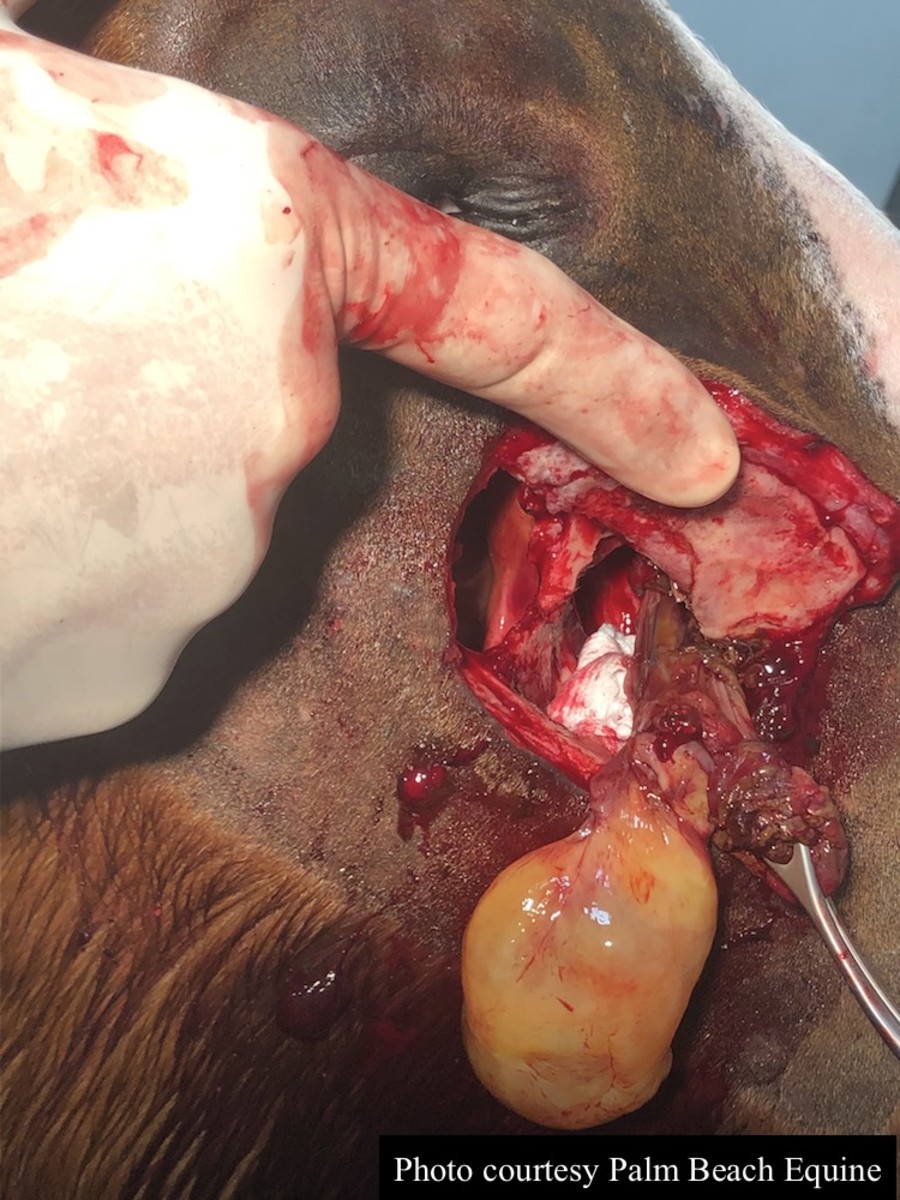Respiratory health can easily be overlooked, especially in hot conditions and for a horse performing at the top of its sport. You can't exactly spot breathing changes the same way you do lameness, and the typical owner or rider does not pay close attention to a horse's breathing patterns for subtle irregularities or inconsistencies.
For a horse to be able to properly exercise and compete, respiratory function must be close to 100% due to the large amounts of air being pumped in and out of its lungs during exercise. When the horse's respiratory system is not functioning properly, the horse could suffer from issues such as labored breathing, exercise intolerance, and prolonged recovery after exercise.
While rider Madison Aguilar was bringing her 14-year-old Quarter Horse Dickens back into a training program, she noticed he wasn't performing under saddle the way he had in past years. She recognized the difference in her horse's behavior, so she scheduled a performance evaluation with Dr. Meredith Mitchell from Palm Beach Equine Clinic to assess Dickens before moving forward with training and increasing his workload. As Mitchell was watching Dickens being ridden, she noticed his breathing was heavy after only light work. She held her hands over his nostrils and felt that there was no airflow coming out of his right nostril.
After taking x-rays of his head, Mitchell identified a paranasal sinus cyst blocking Dickens' right sinus, which was causing his breathing troubles. To relieve Dickens, the clinic scheduled surgery to remove the paranasal sinus cyst with board-certified equine surgeon Dr. Weston Davis. They transferred Dickens to the Equine Clinic, where Davis used an endoscope to examine inside the horse's nasal passages, where they found two cystic structures in his right maxillary sinus and then proceeded with a standing maxillary flap surgery to remove the cysts.
“We sent the cysts for pathology tests and luckily the results showed they were benign,” said Mitchell. “Reoccurrence of the cysts is unlikely, but we will follow up with radiographs six months post-surgery to make sure Dickens is still healthy, happy, and able to breathe easy.”

Weston points to the cyst found during surgery
Dickens is now home and has made a remarkable recovery, now having full, unobstructed breathing.
“I am so thankful to my vet for being the best at her job and the whole crew at Palm Beach Equine Clinic for making sure this boy was comfortable and recovering well during his time in the hospital,” said Aguilar.
Insignificant and gradual changes in a horse's health, behavior, or performance can be difficult to pinpoint. If you are worried about your ability to notice subtle changes in your horse's health that may be more serious, undergoing routine performance exams and wellness checkups are vital to uncovering these subtle issues and taking action to address problems early. Whenever there is a question involving the health and well-being of your horse, do not hesitate to call your veterinarian because you'd always rather be safe than sorry.
The post Success Story: Reduced Performance Leads To Discovery Of Horse’s Sinus Cyst appeared first on Horse Racing News | Paulick Report.
